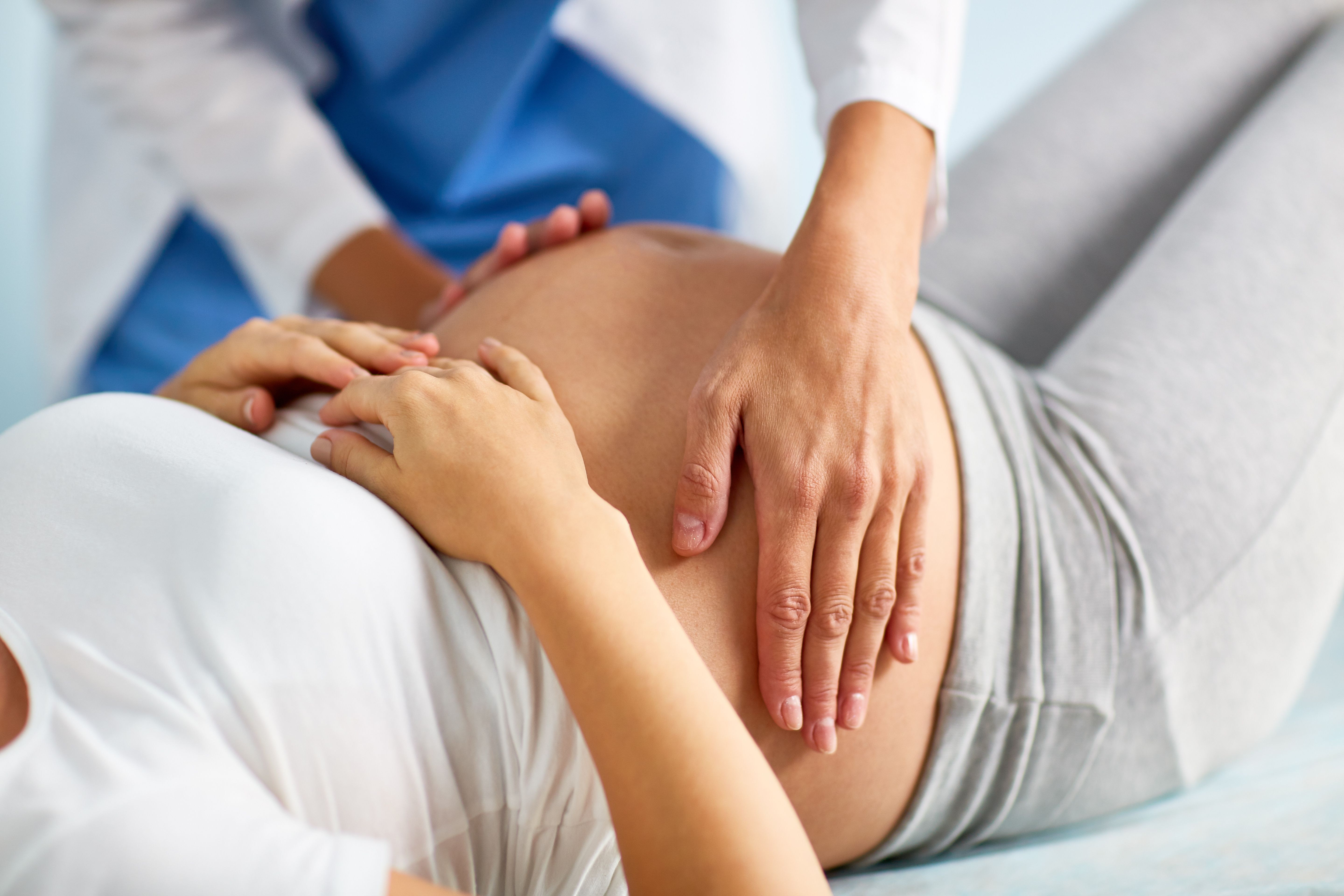
(Vienna, 24 April 2018) In the last trimester of a pregnancy, a woman can develop high blood pressure and undesirable excretion of protein in the urine. If these symptoms of so-called pre-eclampsia are not treated, the condition could become life-threatening to both mother and baby. In collaboration with Harvard Medical School and St Anna Children's Cancer Research, a research team from MedUni Vienna led by molecular biologist Jürgen Pollheimer and clinical pharmacologist Bernd Jilma has now developed a new early detection technique. This involves measuring the blood concentration of the enzyme diamine oxidase, which is the enzyme jointly responsible for breaking down histamine in the body and which rises sharply in pregnant wom-en.
If the body produces excessive amounts of the messenger substance histamine, this can lead to allergic reactions and even to anaphylactic shock. It has long been known in medical re-search that the enzyme diamine oxidase (DAO) can break down histamine. However, nobody has hitherto been able to directly prove and quantify this, only establish its activity. Apart from in the kidneys, large quantities of DAO are only found in the digestive tract of non-pregnant women, as in men, where it breaks down the histamine absorbed from food. However, this activity increases 100 – 1000-fold in the blood of pregnant women and it was previously assumed that they were producing the enzyme themselves in order to prevent complications due to excessive histamine levels in the body.
The research group led by Jürgen Pollheimer from MedUni Vienna's Department of Obstetrics and Gynecology and Bernd Jilma from the Department of Clinical Pharmacology has now proven, for the very first time, that DAO is produced by the placenta, which is genetically associated with the baby. This production is down to a specific type of cells, extravillous trophoblasts. These cells are responsible, inter alia, for modifying the blood system in the uterus of pregnant women so that more blood is delivered to the placenta, thereby ensuring that the unborn baby receives sufficient nutrients.
The researchers' new study is based on the supposition that in pre-eclampsia, which has hitherto been very difficult to treat and affects approximately 5% of all pregnancies, it is pre-cisely these cells that are damaged, so that less DAO is released into the mother's bloodstream. A new method was developed for quantifying the enzyme for the very first time. The researchers then analysed blood plasma samples from healthy pregnant women suffering from early-onset pre-eclampsia, provided by Brigham and Women's Hospital (part of Harvard Medical School) in Boston. Analyses showed that those patients who subsequently went on to suffer from pre-eclampsia already had significantly less DAO in their blood in the tenth week of pregnancy. It was therefore shown that the condition already manifests in early pregnancy before any symptoms occur.
It is intended to conduct follow-on studies into the causes of pre-eclampsia. However, apart from providing a new approach for the potential early detection of pre-eclampsia, the recent findings might also lead to new ways of treating histamine-induced symptoms such as allergic reactions, if it is possible to produce diamine oxidase as a therapeutic infusion.
Service: Scientific Reports
“Pregnancy-associated diamine oxidase originates from extravillous trophoblasts and is de-creased in early-onset preeclampsia.” Philipp Velicky, Karin Windsperger, Sophie Pils, Birgit Reiter, Tamara Weiss, Robin Ristl, Sabine Dekan, Christian Fiala, David E Cantonwine, Thomas F McElrath, Bernd Jilma, Martin Knöfler, Thomas Boehm, Jürgen Pollheimer. https://www.nature.com/articles/s41598-018-24652-0 doi:10.1038/s41598-018-24652-0.